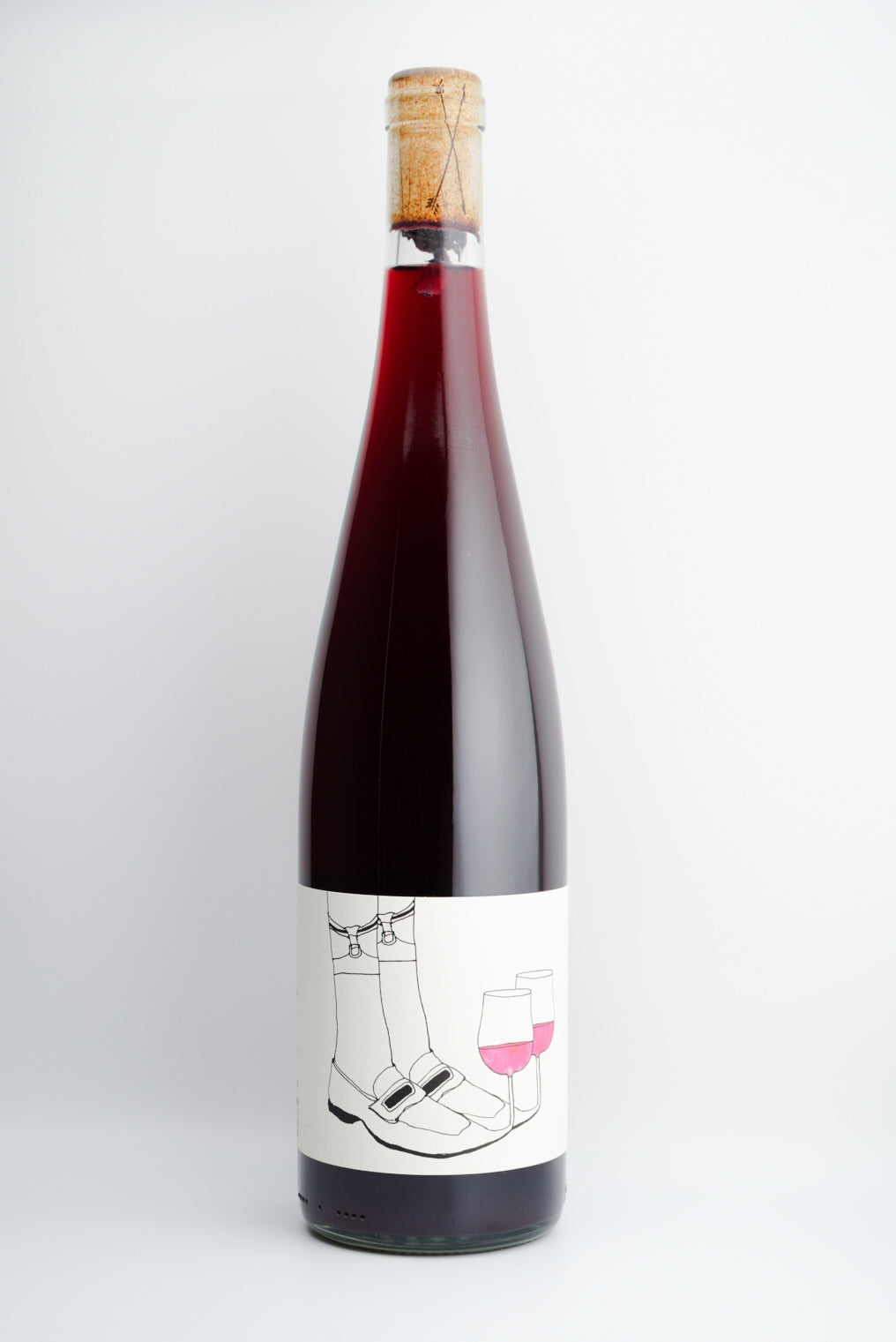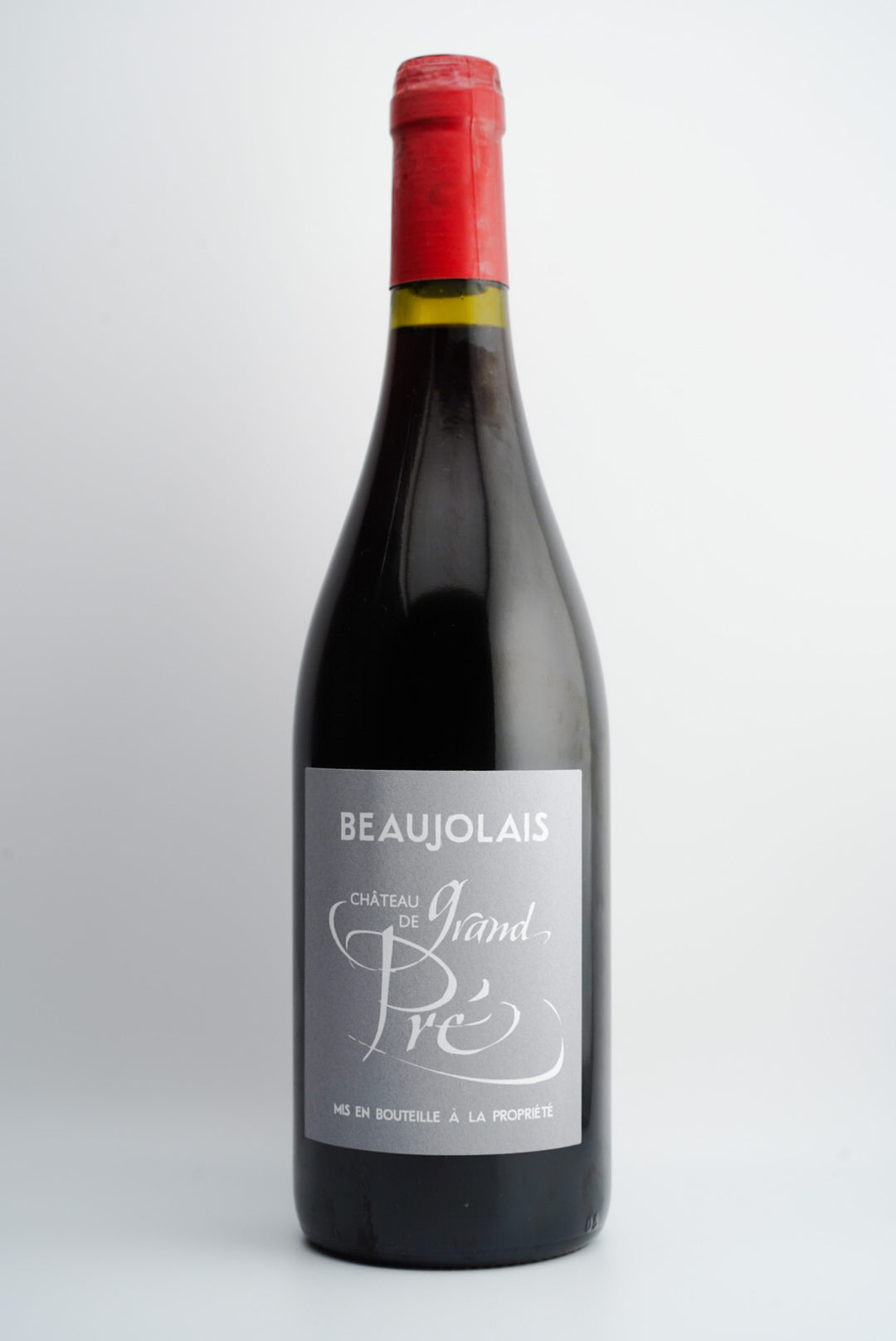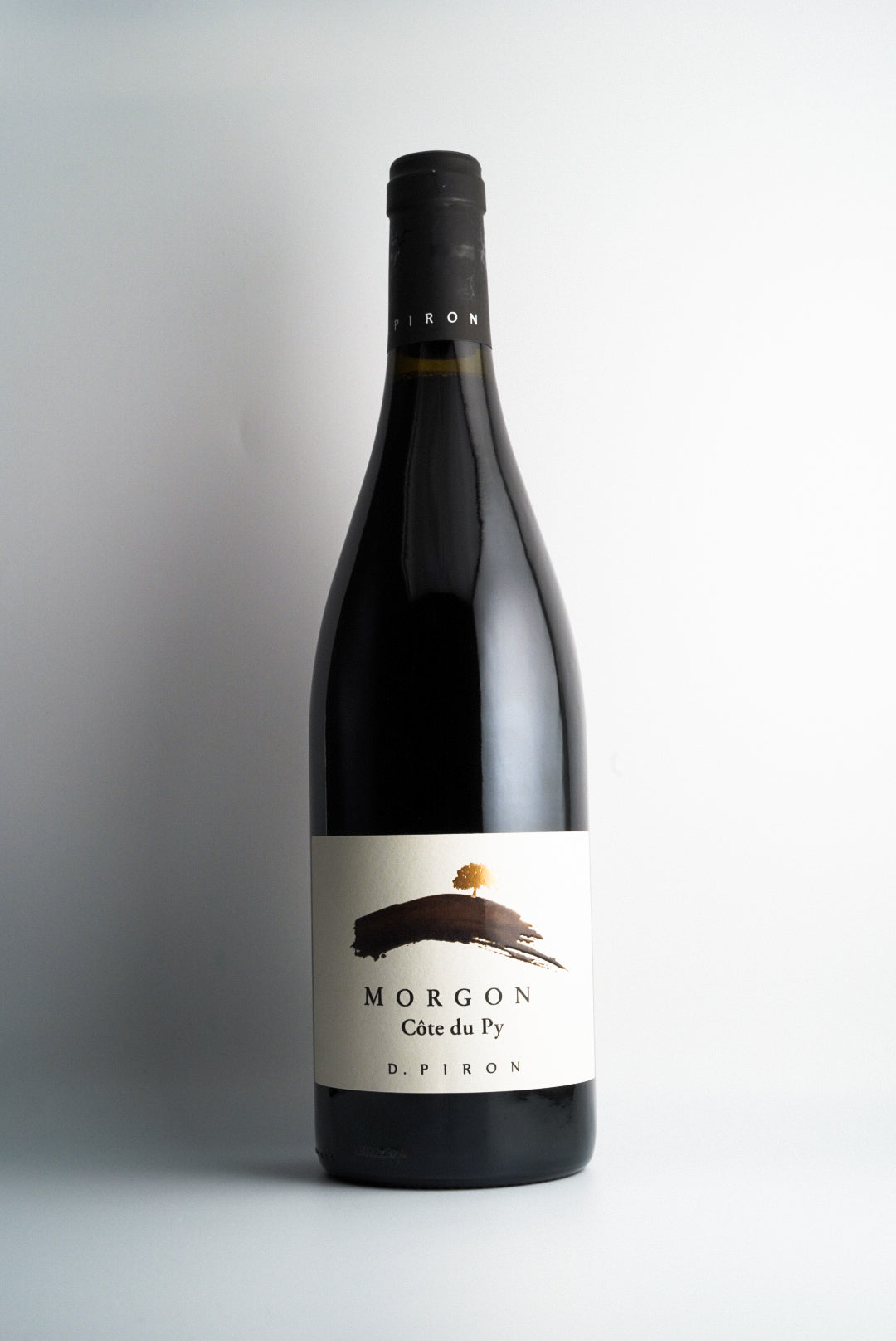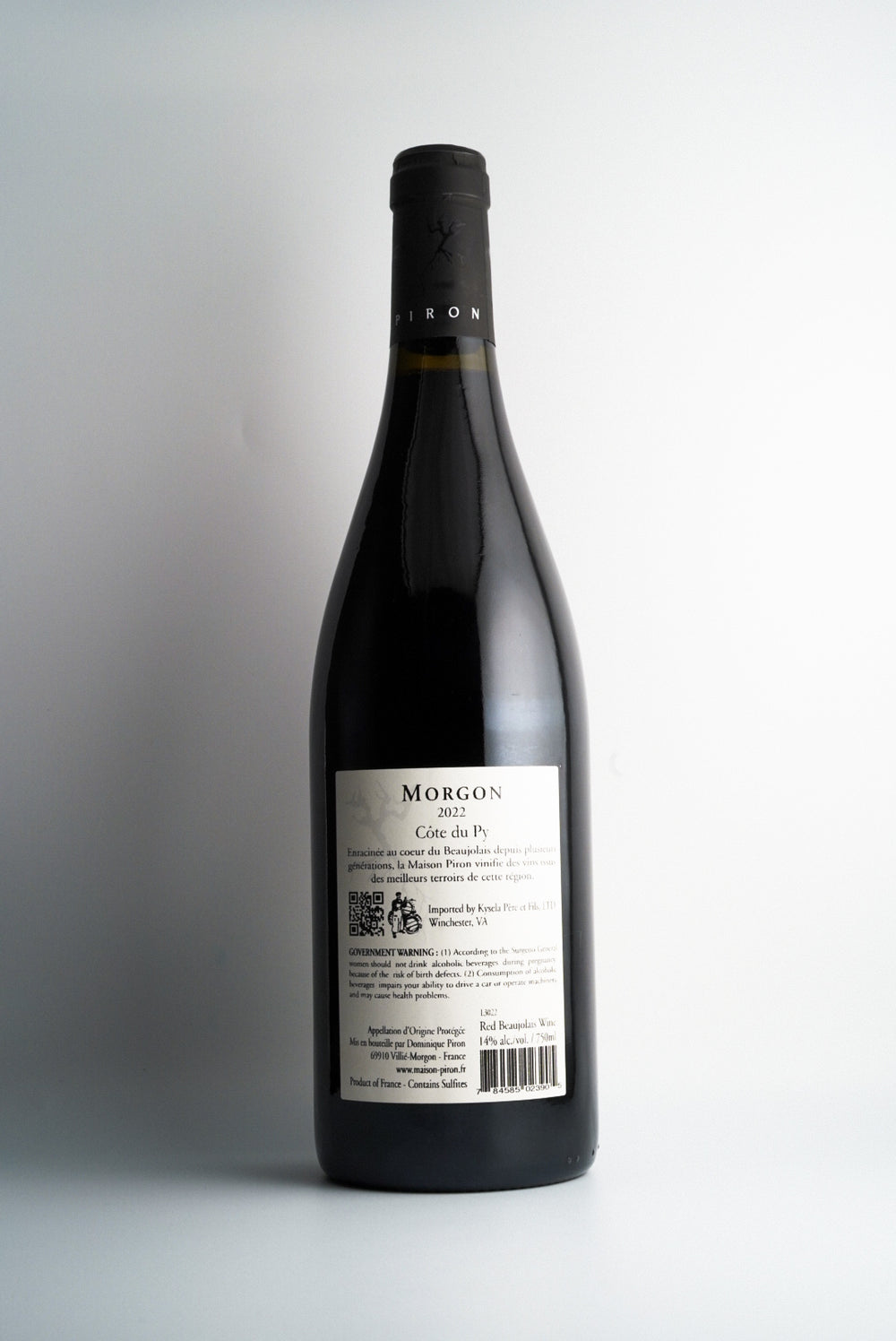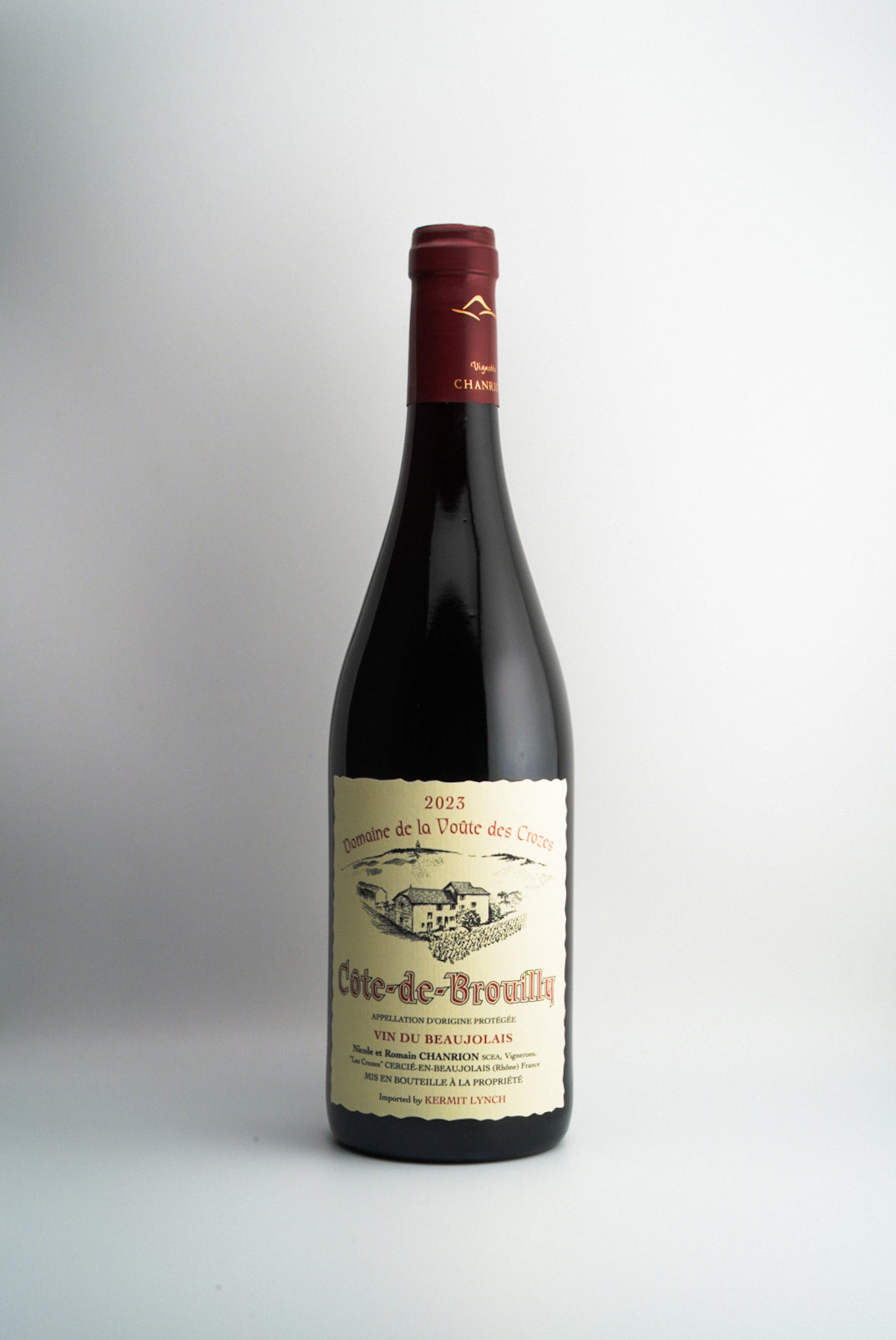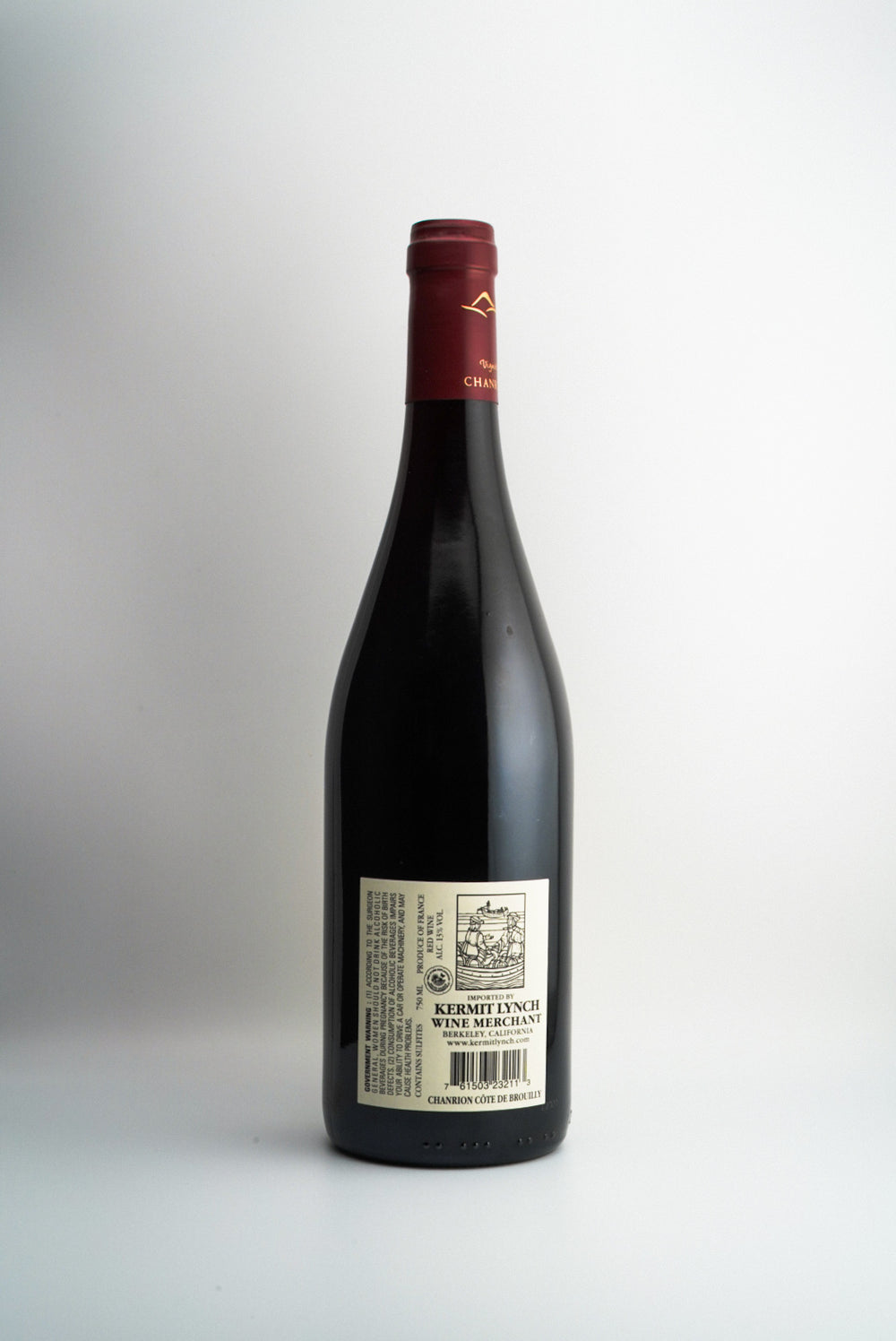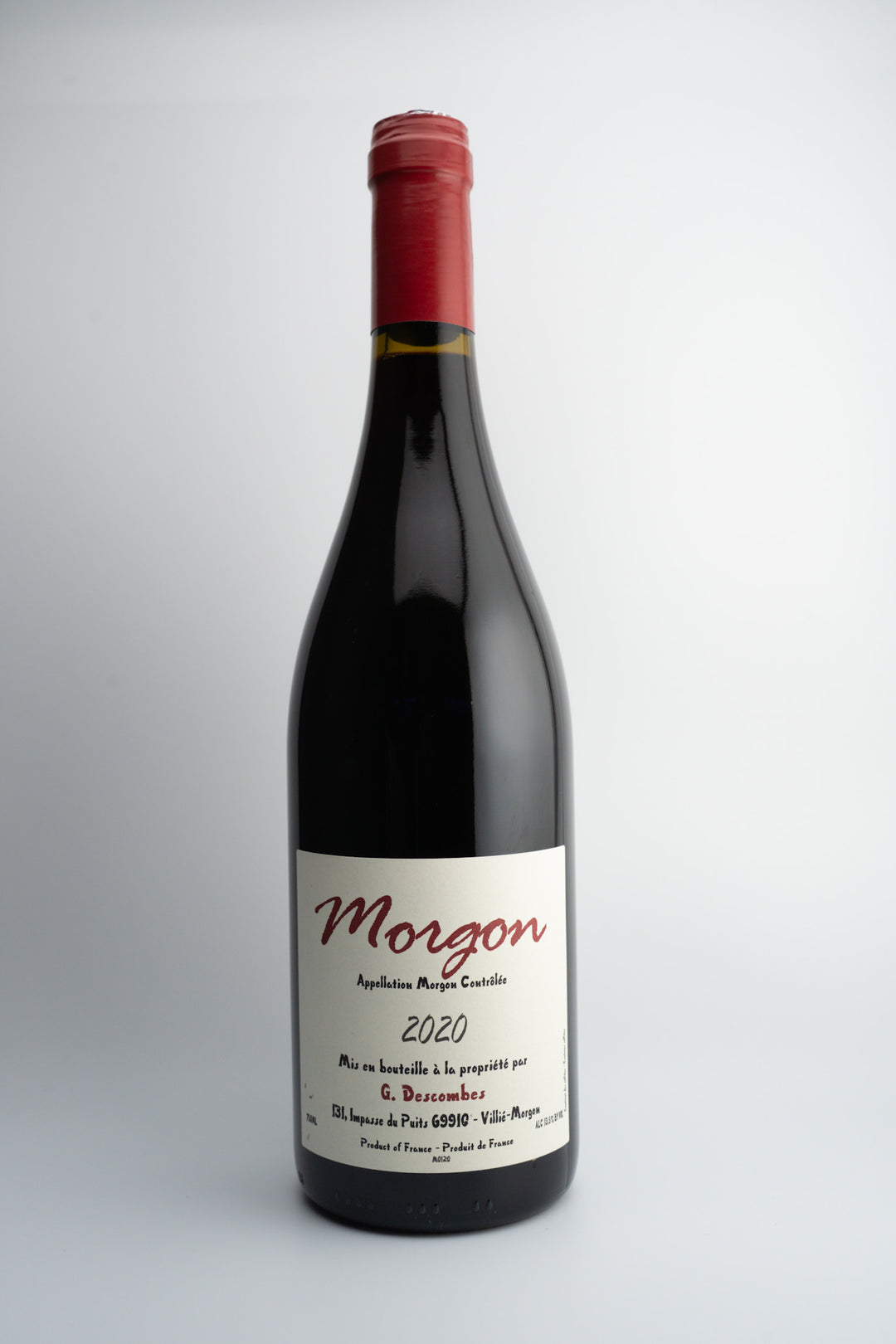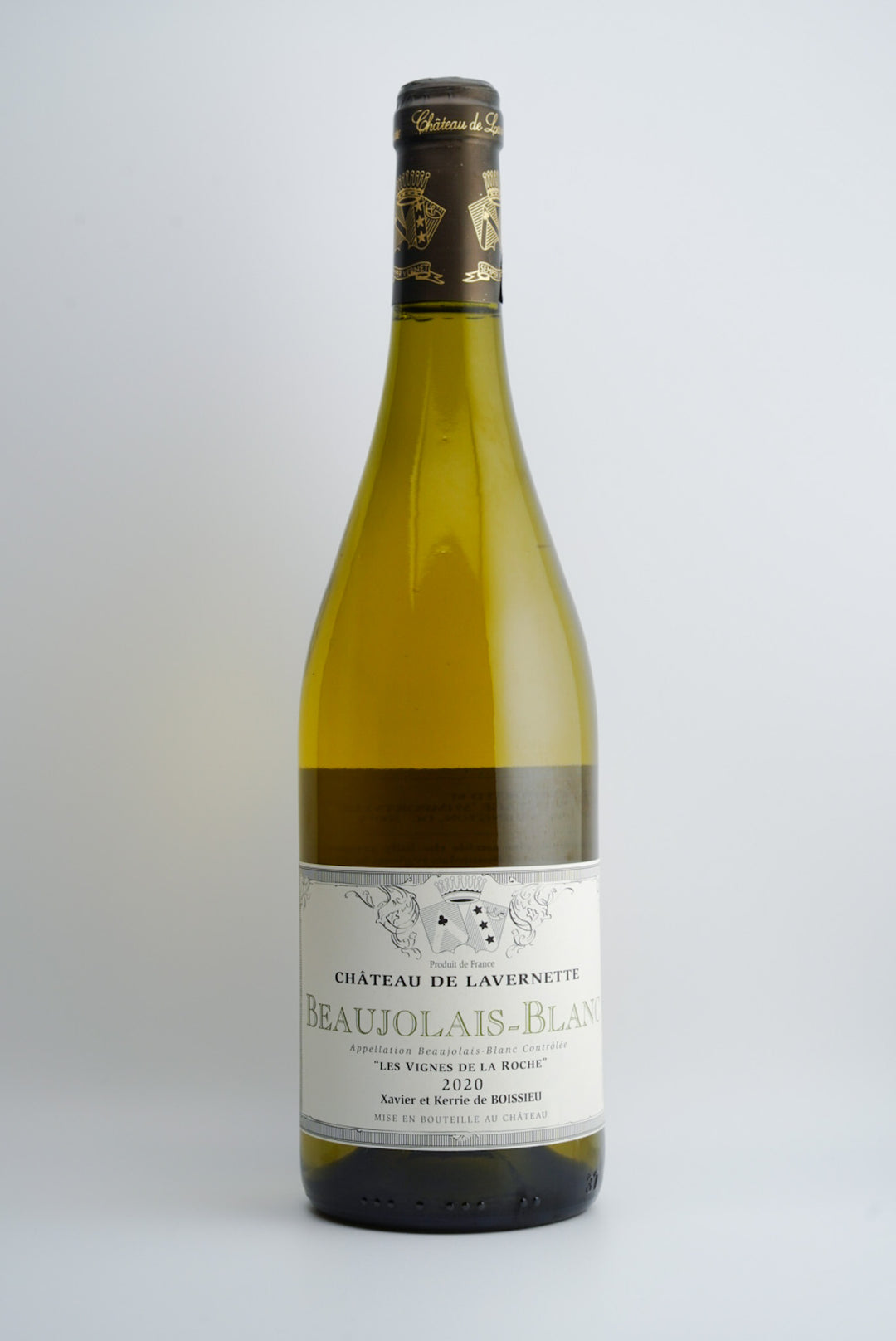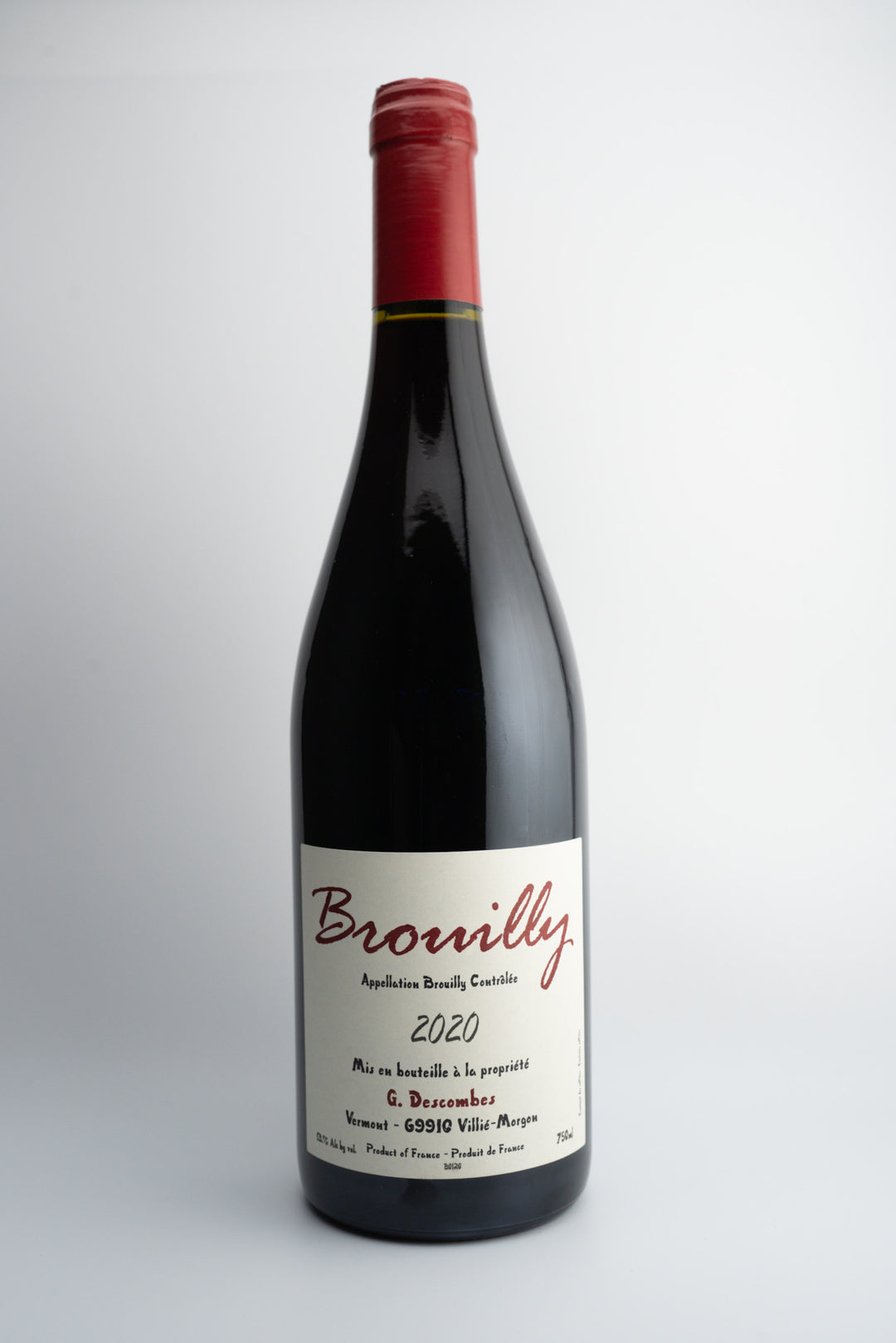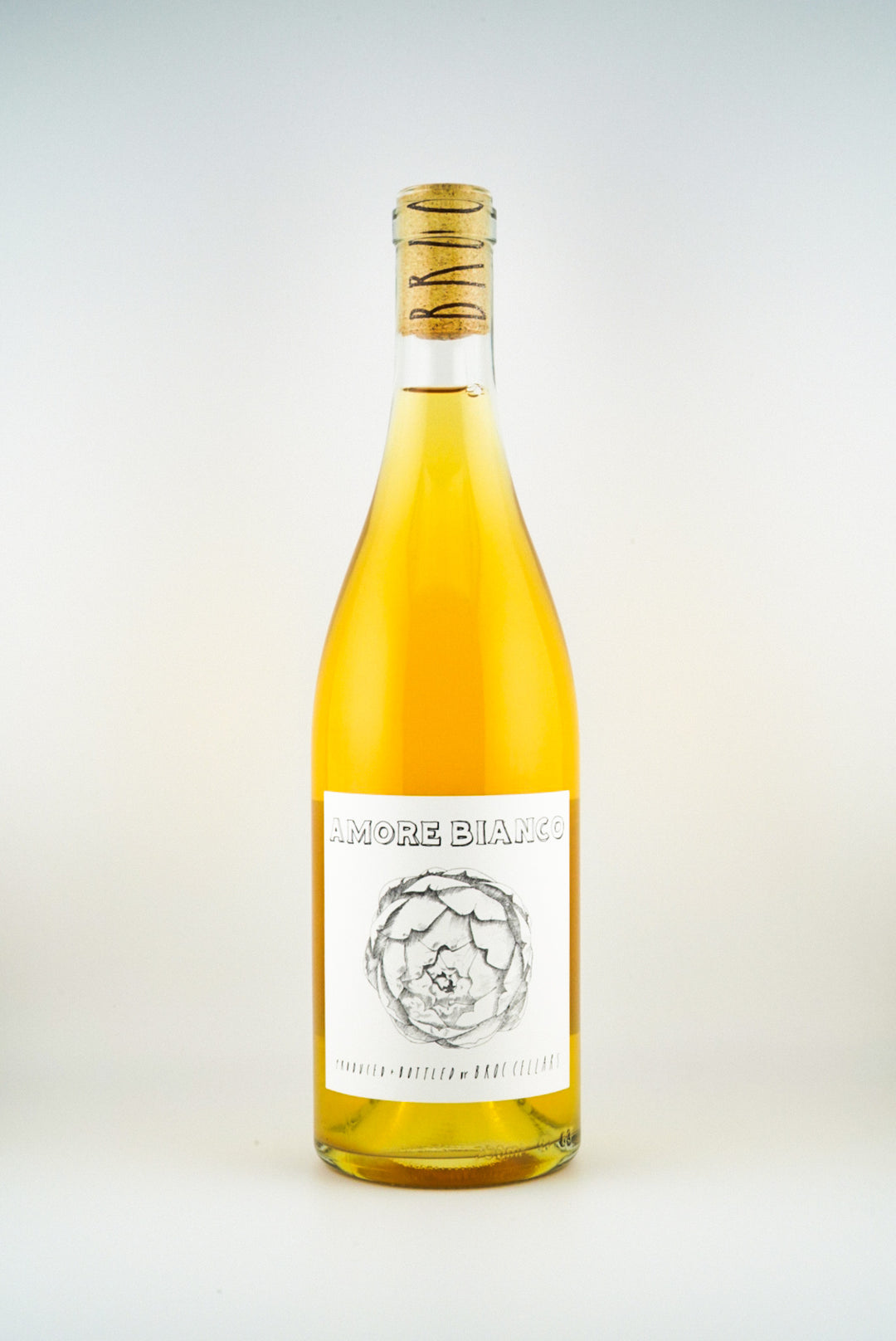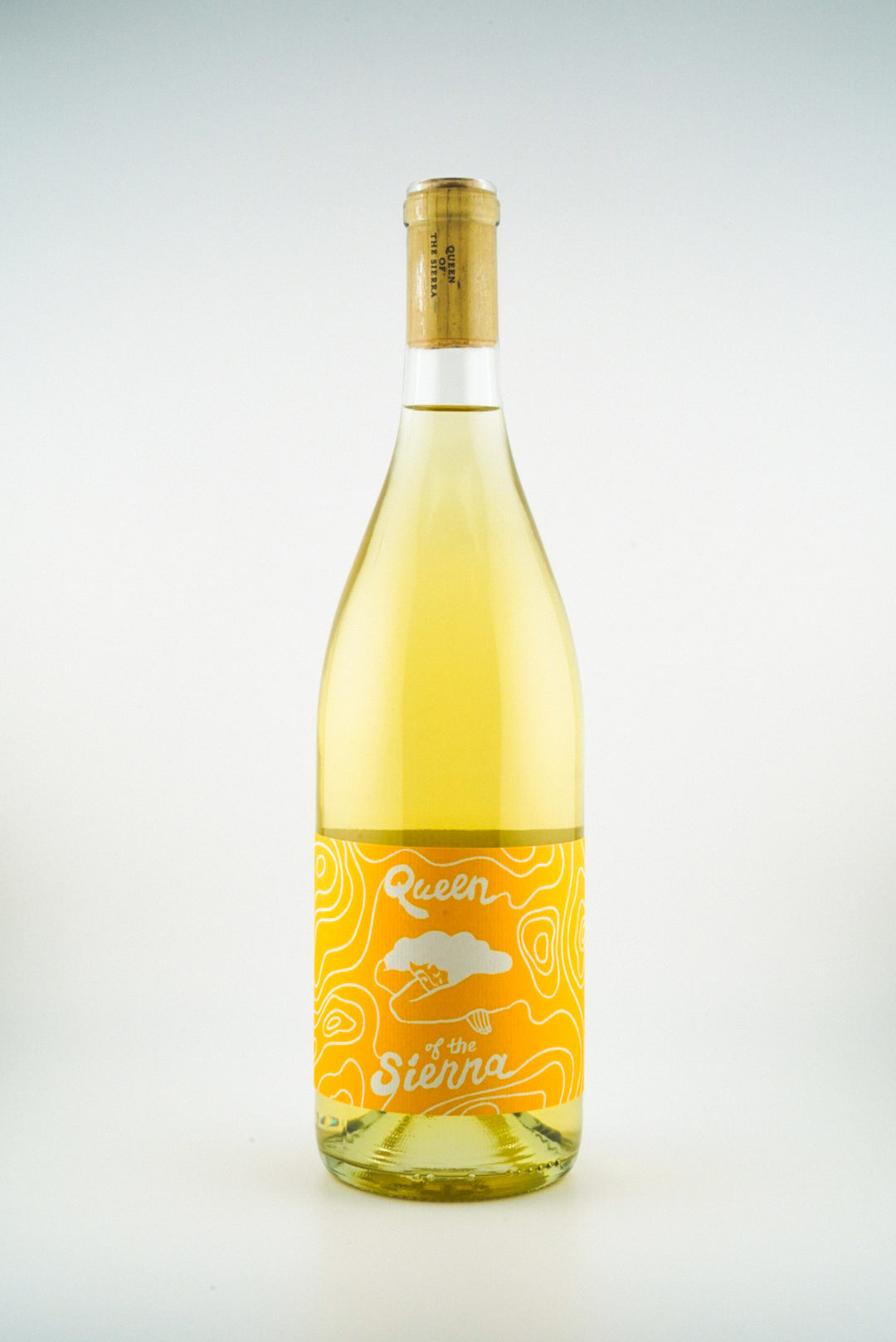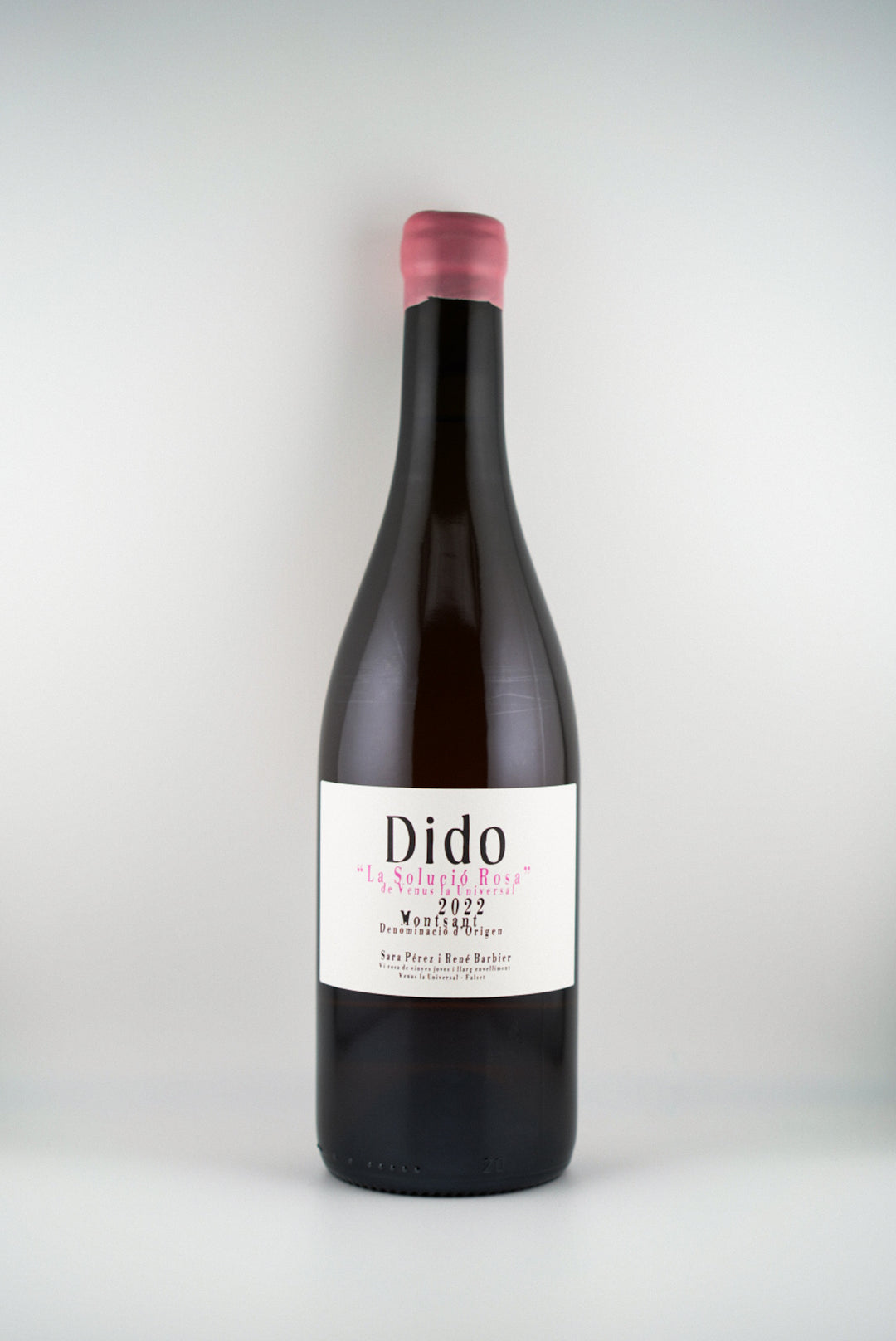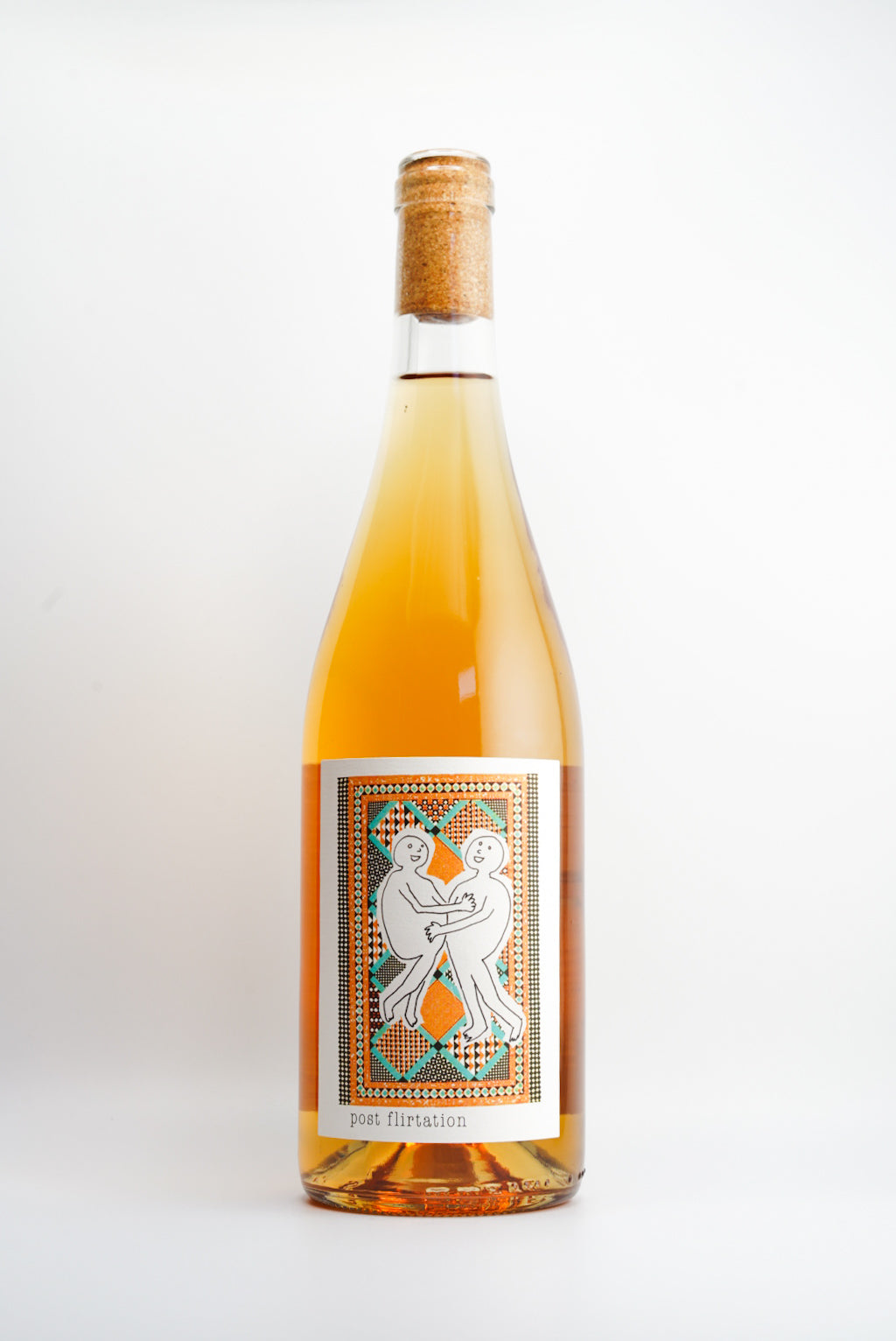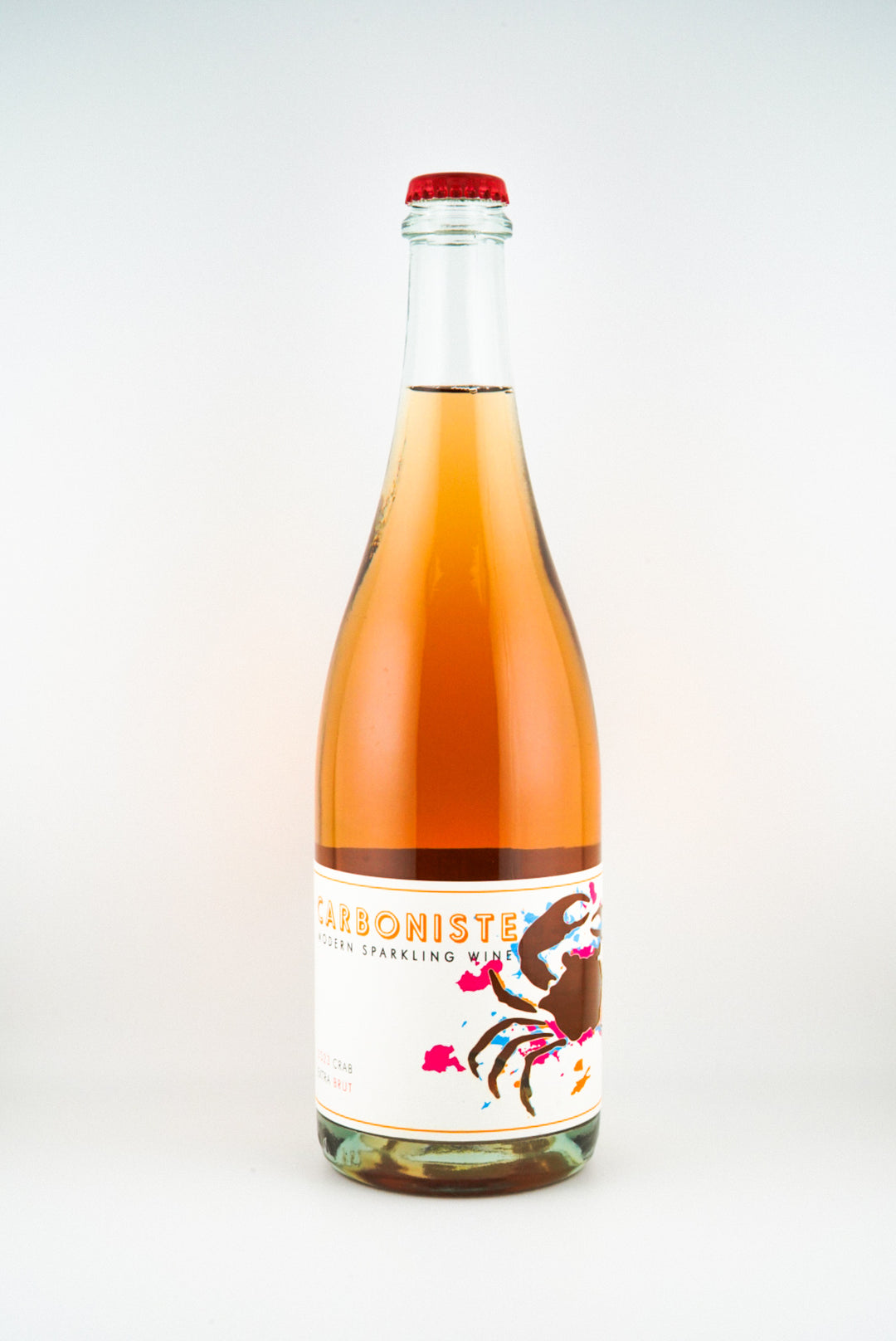Wine Growing Regions: Why Location Matters for Fine Wine Production
At Harvest Wine Shop, we're often asked why certain wines command higher prices while others remain accessible everyday options. The answer lies not in marketing strategies or historical precedent, but in wine's most fundamental factor: location. The difference between good and exceptional wine begins long before the grapes reach the cellar - it starts in the vineyard, where climate, soil, and topography create the conditions that determine a wine's ultimate character and quality. Let's explore the fascinating elements that shape the wines we enjoy.
🌍 Climate Types: Mother Nature's Wine Recipe Book
Think of the world's wine belt (30° to 50° latitude) as nature's sweet spot for grape growing. But within this golden zone, we've got three distinct climate personalities, each putting its own spin on your favorite pour.
The Big Three Climate Types:
-
Continental Climate (Burgundy & Mosel)
- Drama queen temperatures that keep vintners on their toes
- Nail-biting spring frosts that test everyone's nerves
- Result: Wines with serious personality and complexity
-
Maritime Climate (Bordeaux & Sonoma!)
- Ocean-moderated seasons for steady grape ripening
- Morning fog dance that protects delicate fruit
- Result: Wines where power meets elegance
-
Mediterranean (Tuscany & South Australia)
- Sunshine for days (okay, maybe a few too many!)
- Careful drought management keeps vines happy
- Result: Bold, sun-kissed wines with attitude
⛰️ The High Ground: Where Gravity Meets Glory
Imagine being a vineyard worker in Germany's Mosel Valley, literally hanging from ropes on 70-degree slopes. Crazy? Maybe. Worth it? Absolutely! These vineyards are producing some of the world's most thrilling wines.
Why Height Makes Might:
- Perfect sun exposure (every ray counts in cool climates!)
- Natural drainage (no soggy vine feet here)
- Frost protection (cold air flows downhill like a ski run)
- Climate change insurance (higher = cooler in our warming world)
Take South Tyrol's Alto Adige, where vintners are basically mountain climbers with pruning shears. They've built tiny train systems just to get their precious grapes down the slopes. Expensive? You bet. But when you taste the electric intensity of these high-altitude wines, you understand why they bother.
Argentina's Uco Valley is pushing the altitude envelope even further. At 1,500 meters up, these vineyards are basically getting a suntan while wearing a cold compress. The result? Wines that combine knockout punch with Olympic athlete precision.
🌎 The Ground Truth: Soil's Secret Sauce
Your Wine's Foundation:
-
Granite Soils (Northern Rhône):
- Nature's heat battery
- Forces roots to dig deep
- Creates wines with backbone
-
Limestone (Chablis & Champagne):
- Perfect drainage meets water retention
- Reflects light like a natural tanning bed
- Gives wines that gorgeous "mineral" zip
-
Slate (Mosel Valley):
- Temperature-regulating superstar
- Helps vines dig deep for resources
- Makes the impossible possible in cool climates
That "mineral" character in your favorite Chablis? It's not actually tiny bits of limestone doing the backstroke in your glass. Instead, it's the genius of how these soils create their own little grape paradise.
🍷 Wine Styles: The Art of Expression
Every great wine tells the story of its origin through its unique personality. Let's explore how different regions craft their liquid masterpieces based on their terroir advantages.
Regional Wine Expressions:
-
Cool Climate Elegance
- Higher acidity, lower alcohol
- Delicate fruit flavors
- Longer aging potential
-
Warm Climate Power
- Rich fruit concentration
- Higher alcohol content
- Bold tannin structure
-
Coastal Complexity
- Mineral influences
- Balanced ripeness
- Unique saline notes
Consider how Riesling shape-shifts across regions: bone-dry and mineral in Australia's Clare Valley, ethereally sweet in Germany's Mosel, and everywhere in between. Or how Syrah transforms from Northern Rhône's pepper-and-olive savory bomb to Australia's rich, chocolatey Shiraz. It's the same grape, but location changes everything.
Style Defining Factors:
-
Temperature Range
- Cool nights preserve acidity
- Warm days build sugar levels
-
Sun Exposure
- Direct light increases phenolic compounds
- Filtered light maintains delicate aromatics
-
Seasonal Timing
- Length of growing season
- Harvest date flexibility
🌱 The Organic Adventure: When Nature Calls
Going organic in wine isn't just jumping on the eco-bandwagon—it's often a return to wine's roots (pun intended!). But boy, does location make a difference in how hard this green dream is to achieve.
Organic Ease vs. Challenge:
-
Mediterranean Ease (Sicily & Provence):
- Dry climate = happy organic vines
- Wind does half the pest control work
- Nature's helping hand
-
Northern Challenge (Bordeaux & Rheingau):
- Humidity = fungal party time
- Copper treatments = necessary evil
- Sometimes you need a Plan B
🏆 World-Class Sites
Adrianna Vineyard - Mendoza's Mountain Marvel
At 5,000 feet up, the UV rays are intense enough to give grapes a sunburn, but the temperature swings like a pendulum between day and night. The result? Wines that taste like they've been to wine finishing school in the sky. This vineyard produces some of the best Chardonnay in the world.
Hermitage Hill - The Perfect Hill
The south-facing slopes of Hermitage soak up sun like a solar panel, while granite soils act like a natural heating system. Even the fierce Mistral wind plays its part, keeping the vines clean and disease free.
Clos des Goisses - Champagne's Daredevil
At 45 degrees steep, this vineyard would makes skiers nervous. But that crazy slope creates a sun trap that turns Champagne's marginal northern climate into a grape-ripening paradise. Pure chalk soils mean roots have to work hard to survive.
Bien Nacido - California's Cool Customer
This vineyard proves that location trumps latitude. The east-west valley acts like nature's air conditioning, funneling cool Pacific air inland. The result? Pinot Noir and Chardonnay that combine California sunshine with cool-climate sophistication.
Hill of Grace - Australia's Time Machine
Home to some of the oldest vines in the world, this site shows why age is more than just a number. These ancient vines have roots that run deep, producing wines that are concentrated, yet refined and elegant.
📊 The Valley Floor Paradox
Valley floors are like the suburbs of wine world—convenient but not always exciting. Sure, you get easy machine access and rich soils, but often the most thrilling wines come from those hard-to-reach hillsides where every grape is a small victory against gravity.
Why Hills Often Win:
- Better drainage (no wet feet!)
- Poor soils = good stress
- Better air flow = healthier vines
- More sun exposure = happy grapes
Look at Napa Valley—while the valley floor makes perfectly lovely wines, the hill-grown Cabernets often steal the show. It's like wine's version of "no pain, no gain"!
🌡️ Wine's Climate Change Challenge
As temperatures climb, the wine world is playing musical chairs with grape varieties and vineyard sites. Champagne producers are eyeing England's chalky soils, while German vintners are excited about their ability to finally make Pinot Noir just like Burgundy!
But here's the silver lining: great wine will always come from places where nature presents just the right kind of challenge. Whether that's a gravity-defying German slope or a sky-high Argentine vineyard, the quest for perfect growing conditions continues.



